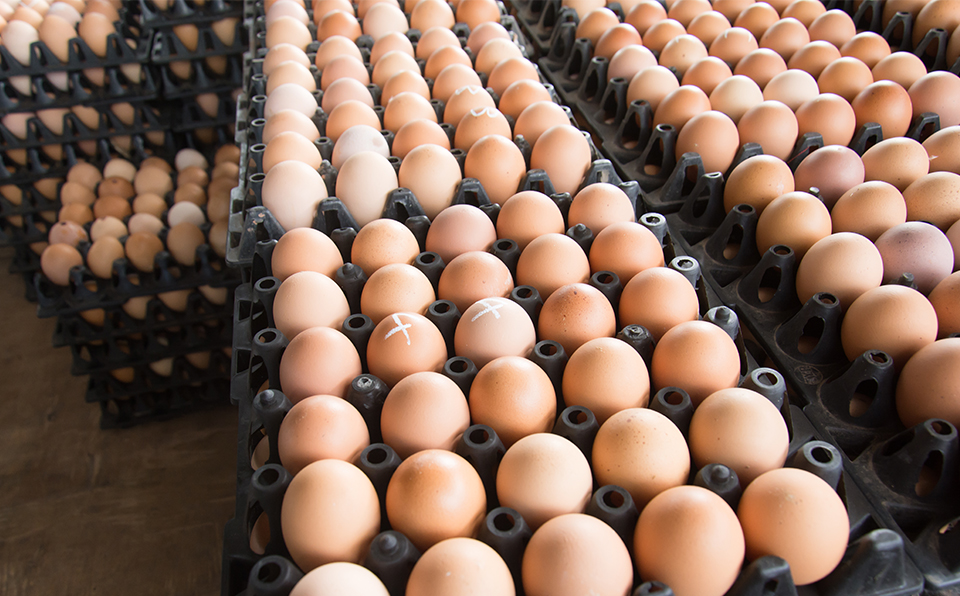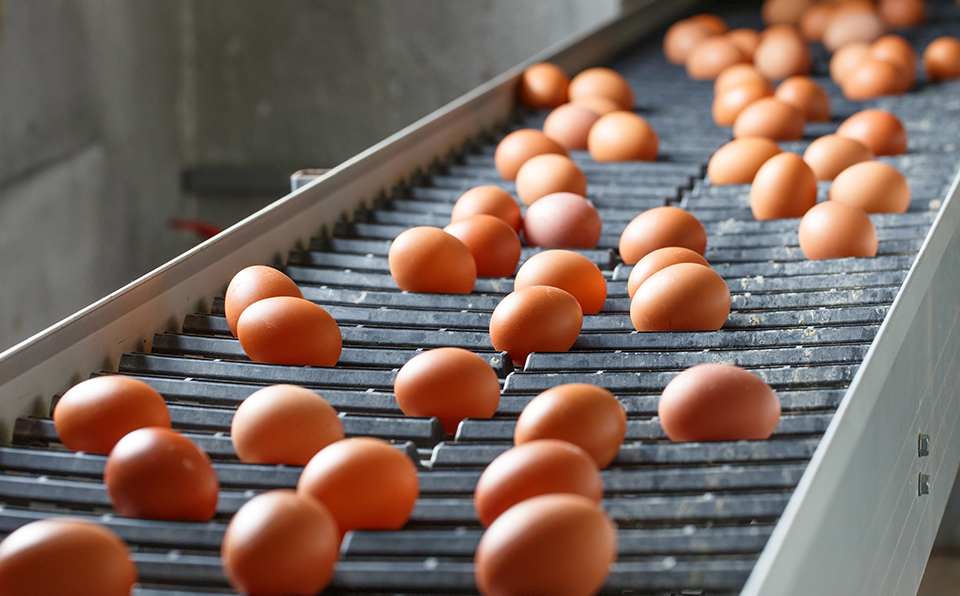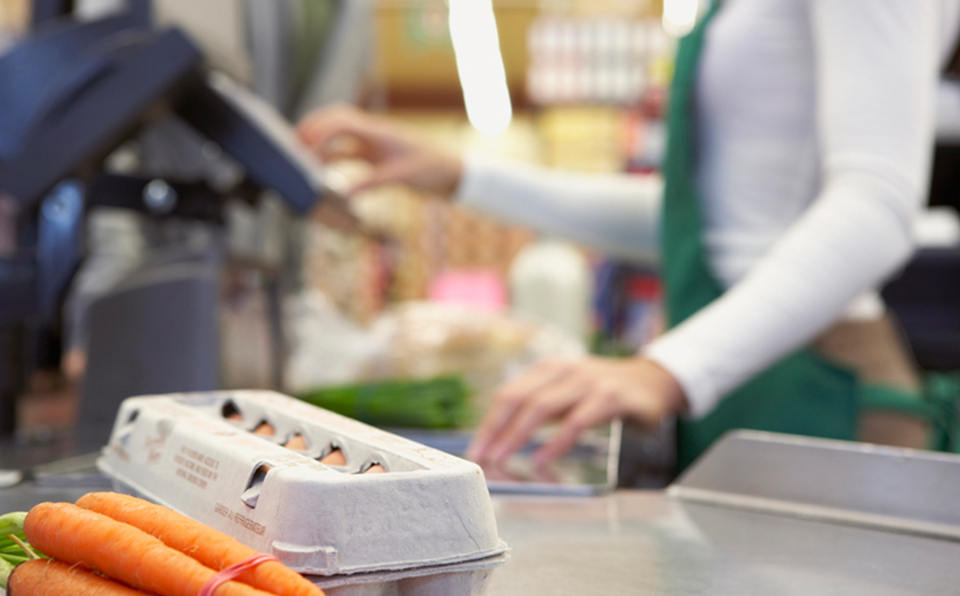
Here’s what we do to ensure eggs don’t crack
By Egg Farmers of CanadaThe journey of the egg from the farm to your home takes less than five days. Sounds simple, right? But if you think about it, it’s not as simple as it sounds. While less than five days from farm to fork is a short journey, it serves up a lot of opportunities for an egg to crack. Which leads to a question most of us never consider: how does an egg go from the farm to the grocery store without cracking?

To begin, an egg is stronger than we give it credit for. A paper published in the Journal of the Royal Society Interface found that eggs had a compressive strength of 100 lbs.1 If you place an egg between your palms along its long axis and then squeeze, you’ll find it’s next to impossible to break. That is nature’s powerful design at work: the ovoid shape of the egg is naturally resilient.
Still, we all know what happens when we drop an egg or crack one open. Concentrated force on a small part of the egg will inevitably break it.

So, it’s important that we protect eggs—no small task amidst collecting, shipping, cleaning and boxing. To do that we treat the eggs very gently at every point in the process. After an egg is laid it is slowly and steadily carried into storage via a soft conveyor belt. At a grading station the eggs are cleaned with very gentle scrubbing brushes. Everything is designed, top-to-bottom, to treat eggs with the delicate care they need.
Despite all of this, some eggs do crack. This is where the grading system does its job. In Canada, eggs are assessed at a grading station then divided into grades. Grade A eggs—with an uncracked shell–are destined to find their way into your local store and your fridge.

Even the carton is designed to protect eggs. Patented by a Canadian in 1918, the egg carton’s slots are designed to cushion and protect fragile eggs as they travel. Before then eggs were carried in a basket and often delivered broken. Nearly a century later, we are still using this made-in-Canada innovation to safely move eggs from the store to your home.2
Decades later, this innovative design still helps your high-quality, locally produced eggs make it safely to your kitchen. Because we want to make sure the first and last crack in an egg is the one you make.
1 Milne, R. (January 2017). How strong is an egg? The Royal Society. https://phys.org/news/2017-01-strong-egg.html
2 Dhillon, S. (December 2013). B.C. inventor created better way to carry eggs. The Globe and Mail.